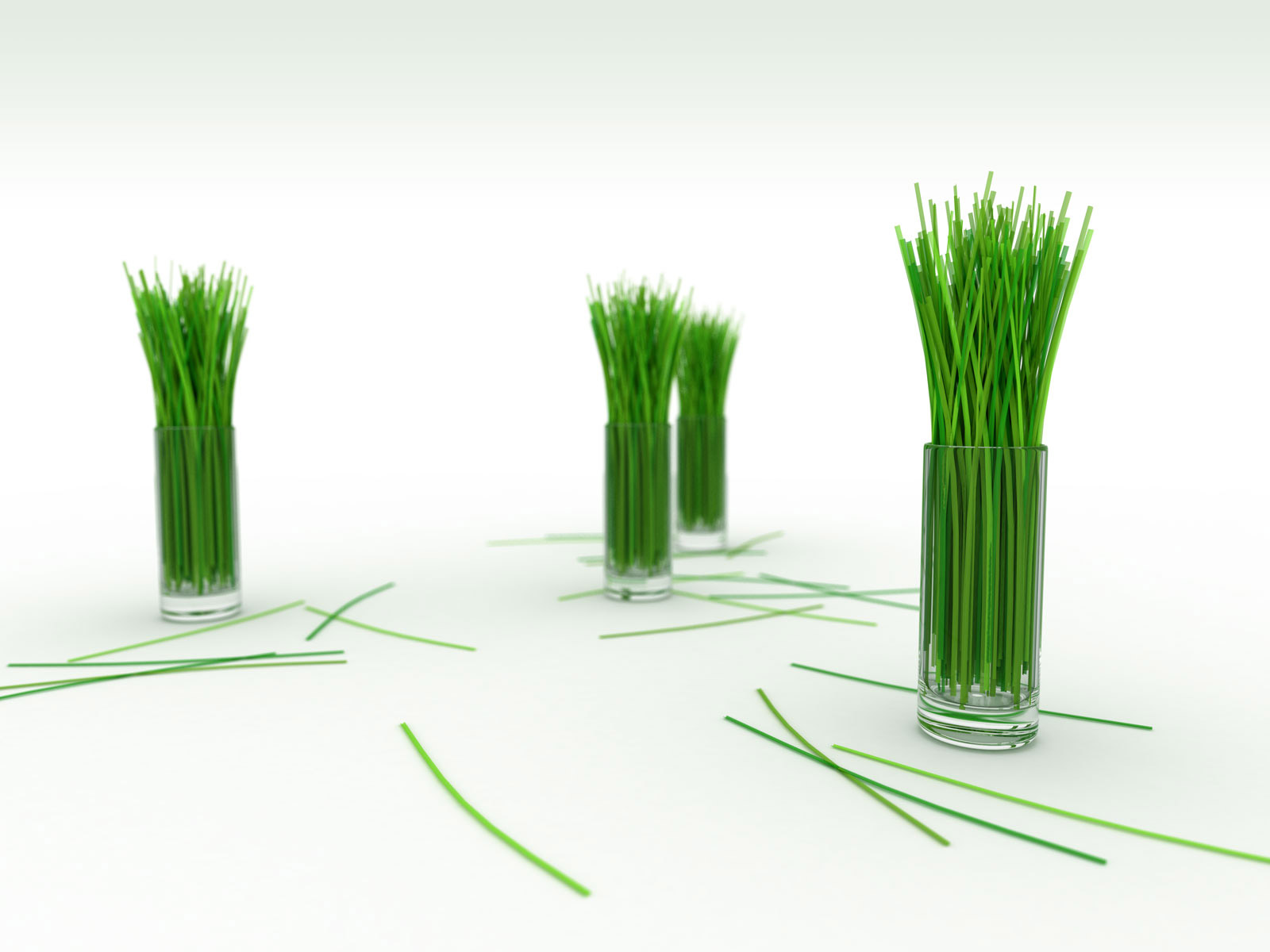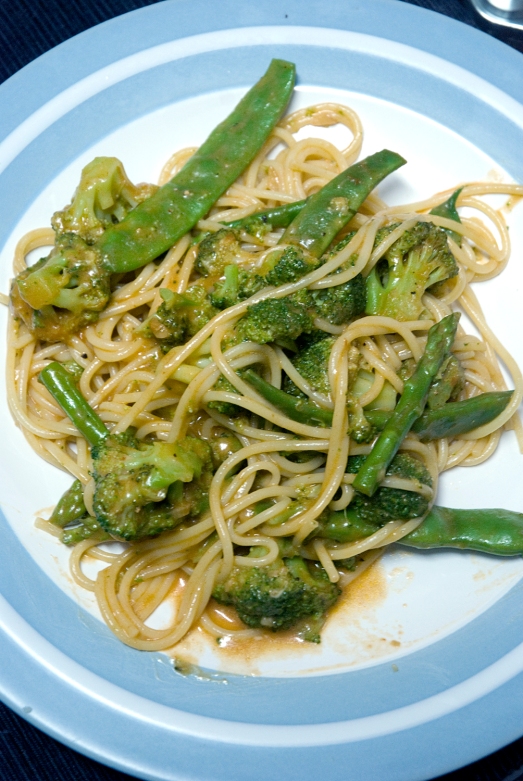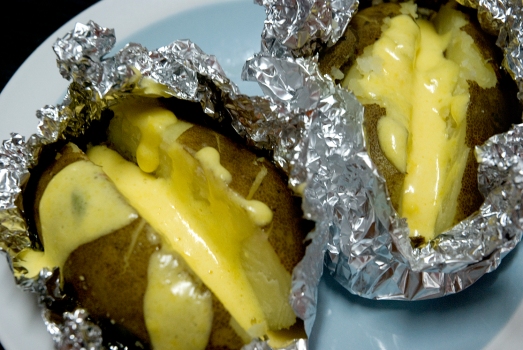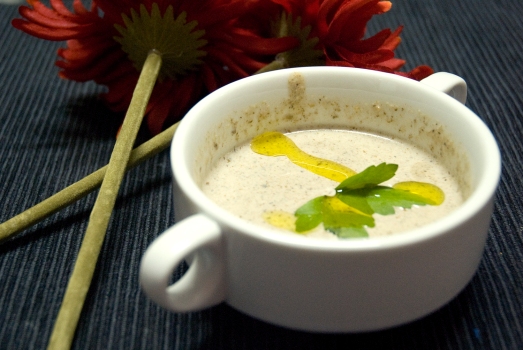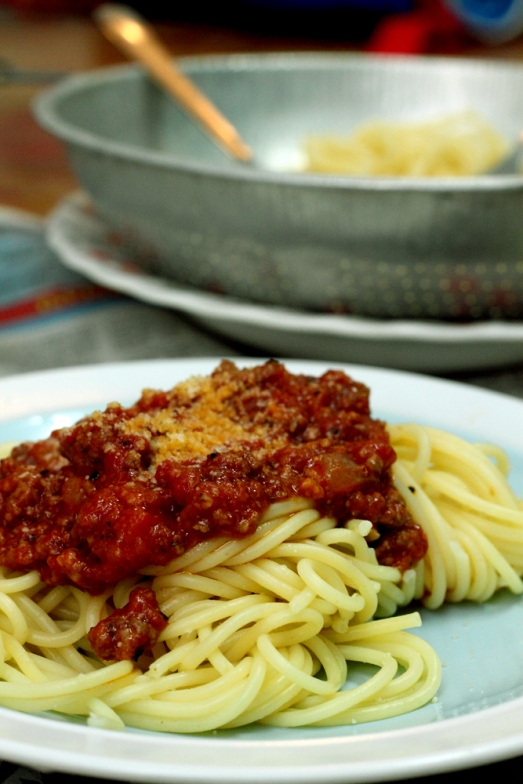olive oil
1 yellow onion, peeled and thinly sliced
2 large cloves of garlic, one peeled and chopped, the other smashed
a stick of butter
a few sprigs of rosemary
1 lemon
a whole red snapper, cleaned, with head and tail intact, scored
1 tomato, quartered
1 whole red chilli, seeds removed and sliced
Preheat your oven at 220 degree C. Rub the fish inside and out with salt and freshly ground black pepper.
In a large sauté pan over medium heat, warm the oil. Add the onions and sauté, stirring occasionally, until softened, about 5 minutes. Add the chopped garlic and sauté, stirring occasionally, for a minute. Add in the butter and let it melt, then squeeze the juice from half the lemon, continue cooking until the mixture is reduced.
Put the snapper in a roasting pan or in a tin foil. Stuff the cavity of the fish with half of the onion mixture, along with the smashed garlic and the rosemary. Spoon the remaining onion mixture over the fish and in the score marks. Add in the tomato and the chilli surrounding the fish. Drizzle some olive oil and squeeze the other half of the lemon juice. Put in the oven and roast for 30-35 minutes, until crispy and thoroughly cooked.
